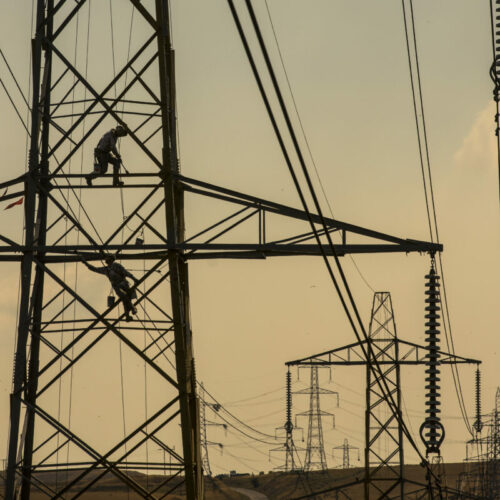National Grid is improving its solar forecasting by mapping out ‘invisible’ solar panels with the use of generation data from the University of Sheffield.
The university’s PV_Live initiative, funded through Ofgem’s Network Innovation Allowance, captures generation data from a network of solar PV on thousands of residential and commercial buildings, as well as ground-mounted systems in fields.
A data stream from energy tech firm PassivSystems is mined alongside Sheffield’s Microgen database, providing generation data from a sample of systems for a given half-hourly settlement period. This is then scaled up to show representative real-time PV performance across the country.
This data is “critical” to the management of the transmission system, according to Kevin Tilley, project manager for the ESO.
“We use the PV data to help forecast and monitor the national power requirements on the network in real time, and shortly after the first delivery of the data, we were able to improve our forecasts of these flows for the first time in years.
“Engineers in our planning teams have also been able to predict the regional flows more accurately around the network, enabling safer and more economic operation,” Tilley said.
Forecasting is big on the system operator’s agenda, having boosted the accuracy of its solar forecasting by 33% through a new AI-based method developed in conjunction with the Alan Turning Institute earlier this year.
A separate forecasting method utilising AI and Internet of Things-styled technology was launched by Meniscus earlier this month.
The importance of mapping out the UK’s ‘invisible’ low carbon installs was recently highlighted after distribution network operator Western Power Distribution (WPD) discovered around 15,000 solar installs and electric vehicles previous unknown to the distribution network operators as part of The Low Carbon Technologies Detection Project.
The PV_Live project was inspired by a community orienteering initiative, which crowdsourced time and distance data onto a publicly-available website. PV_Live’s data is provided in real-time on the Sheffield Solar website.
The University of Sheffield doesn’t just have solar in its sights, however. It recently announced plans to build a new energy research centre with the capabilities for developing renewable energy, bioenergy, carbon capture and storage and smart grid technologies.





